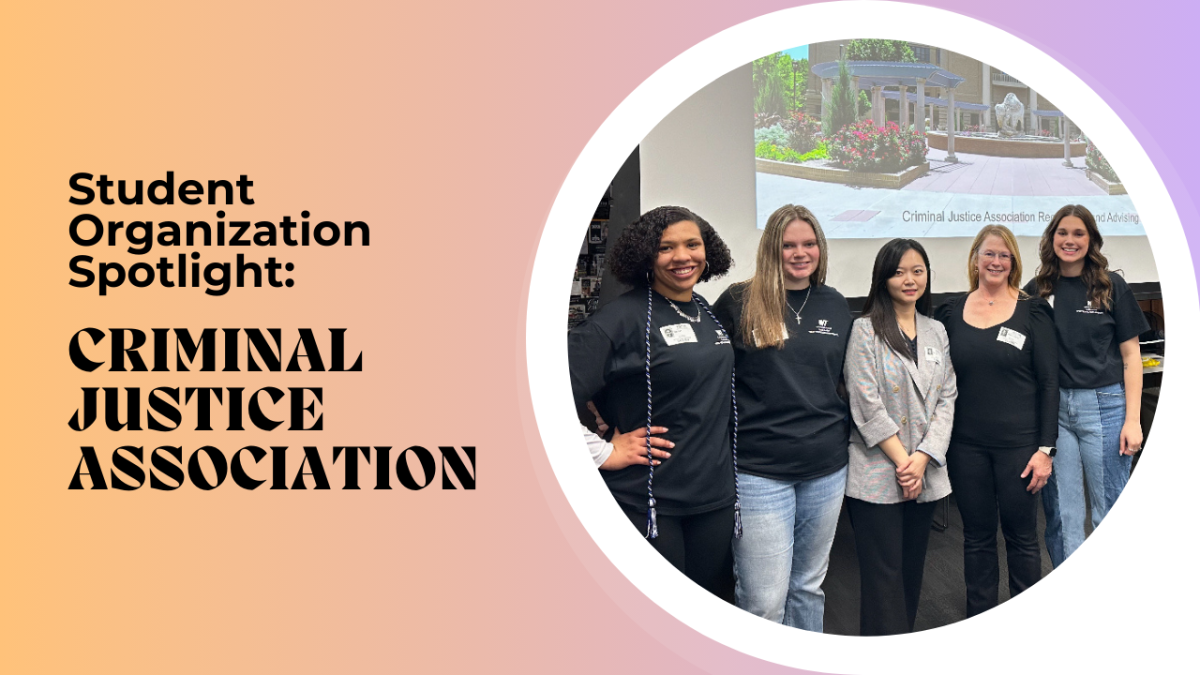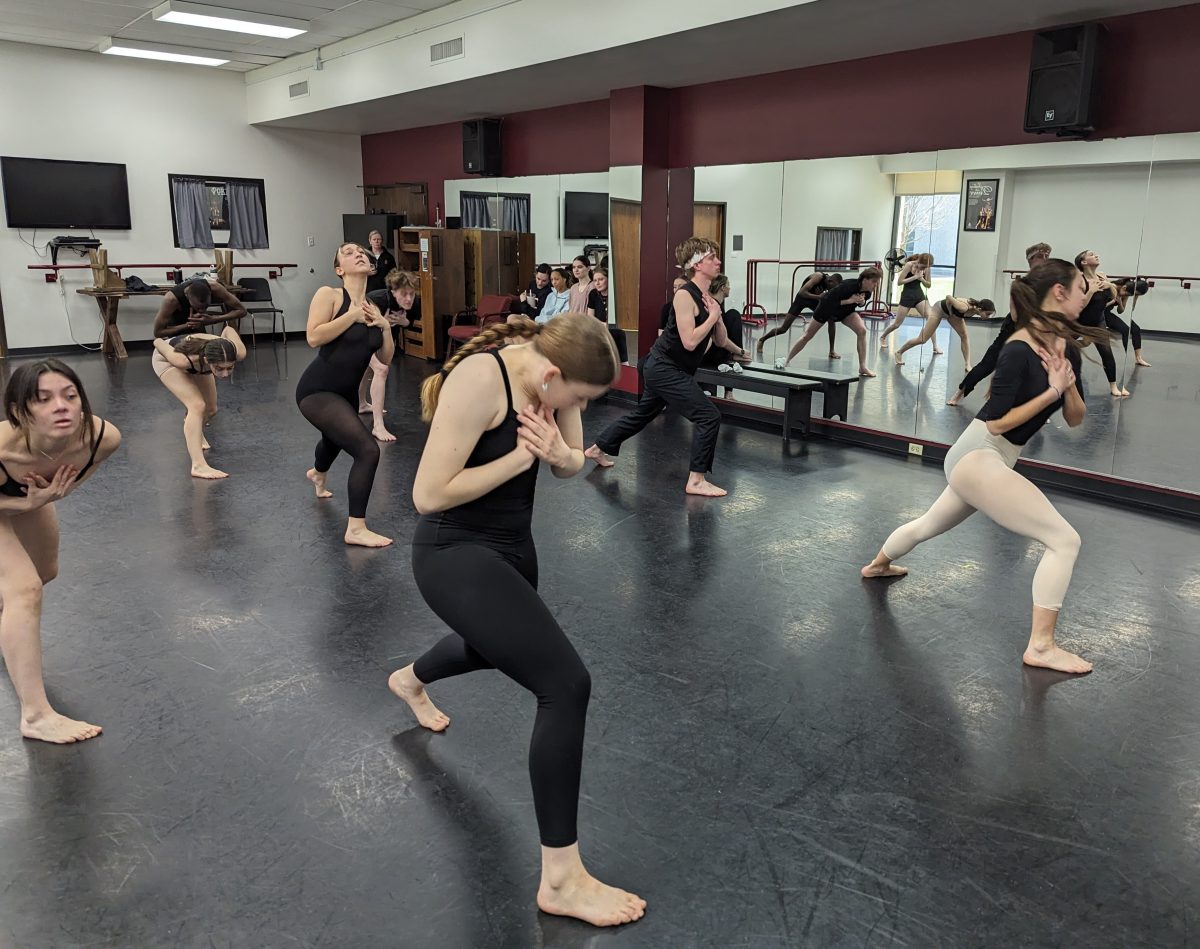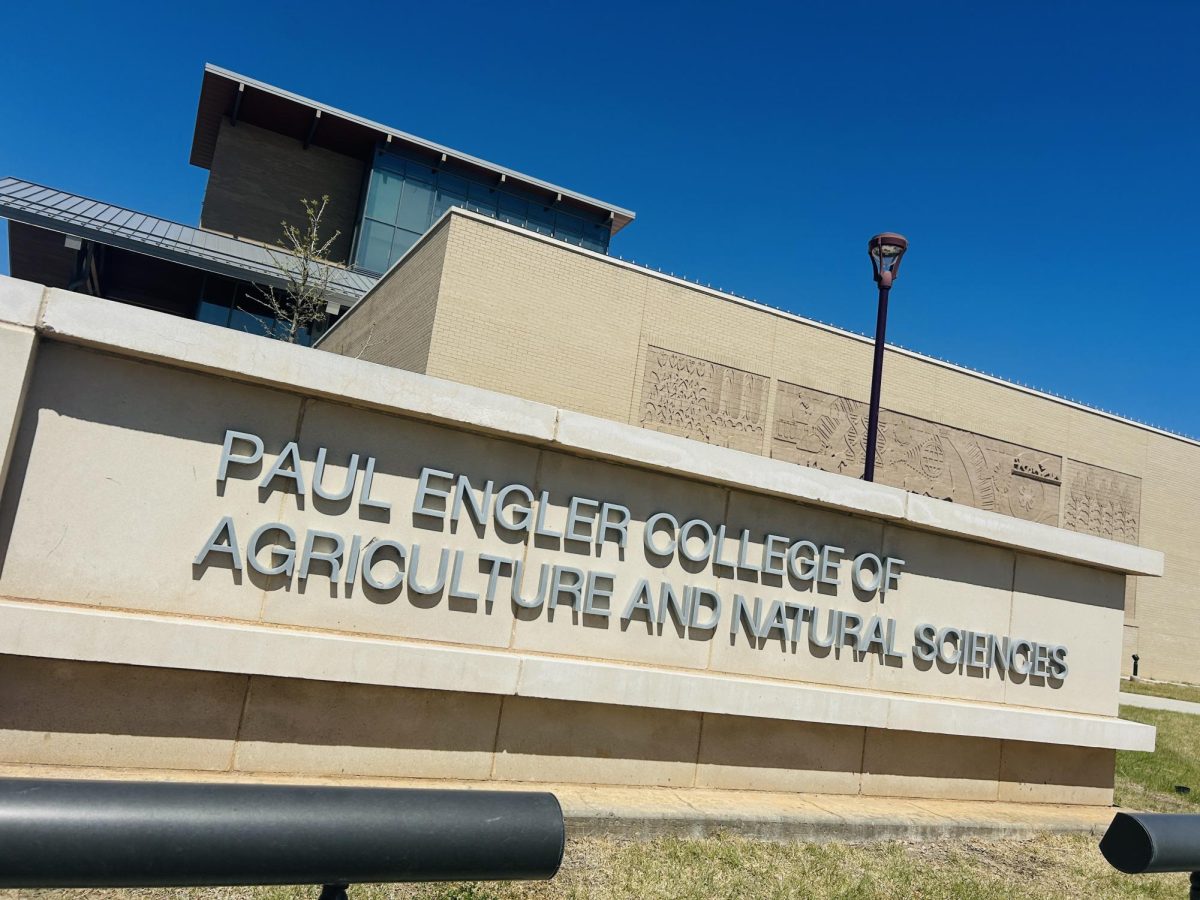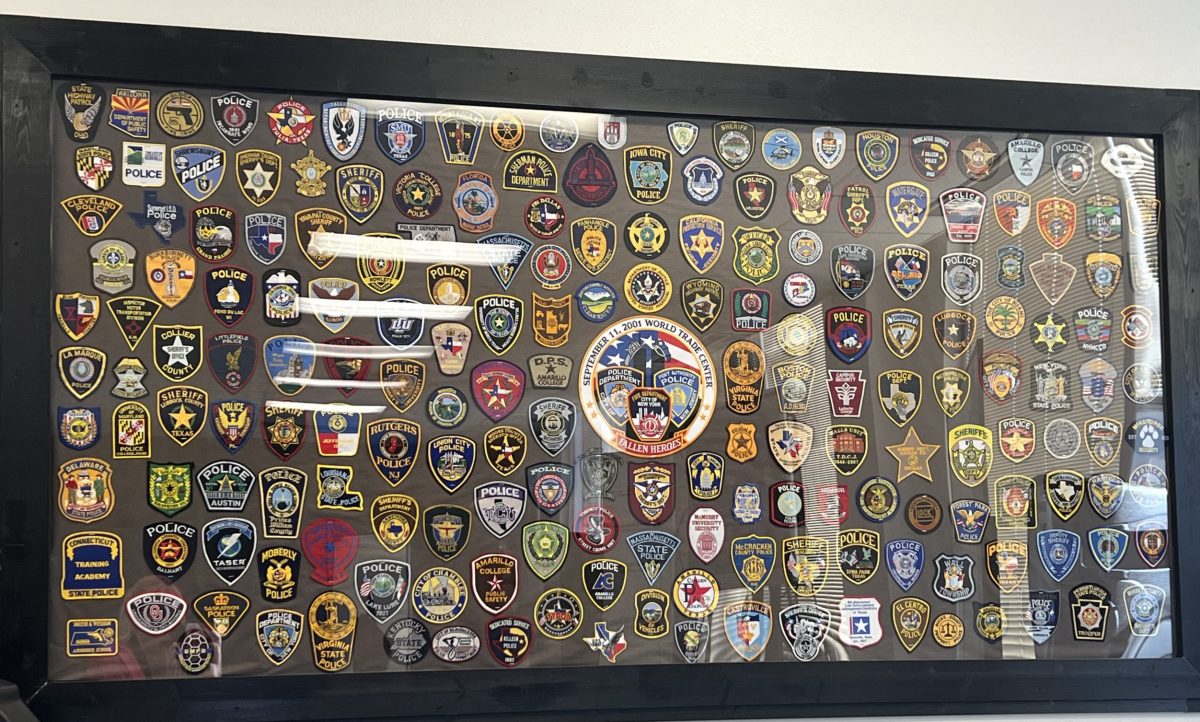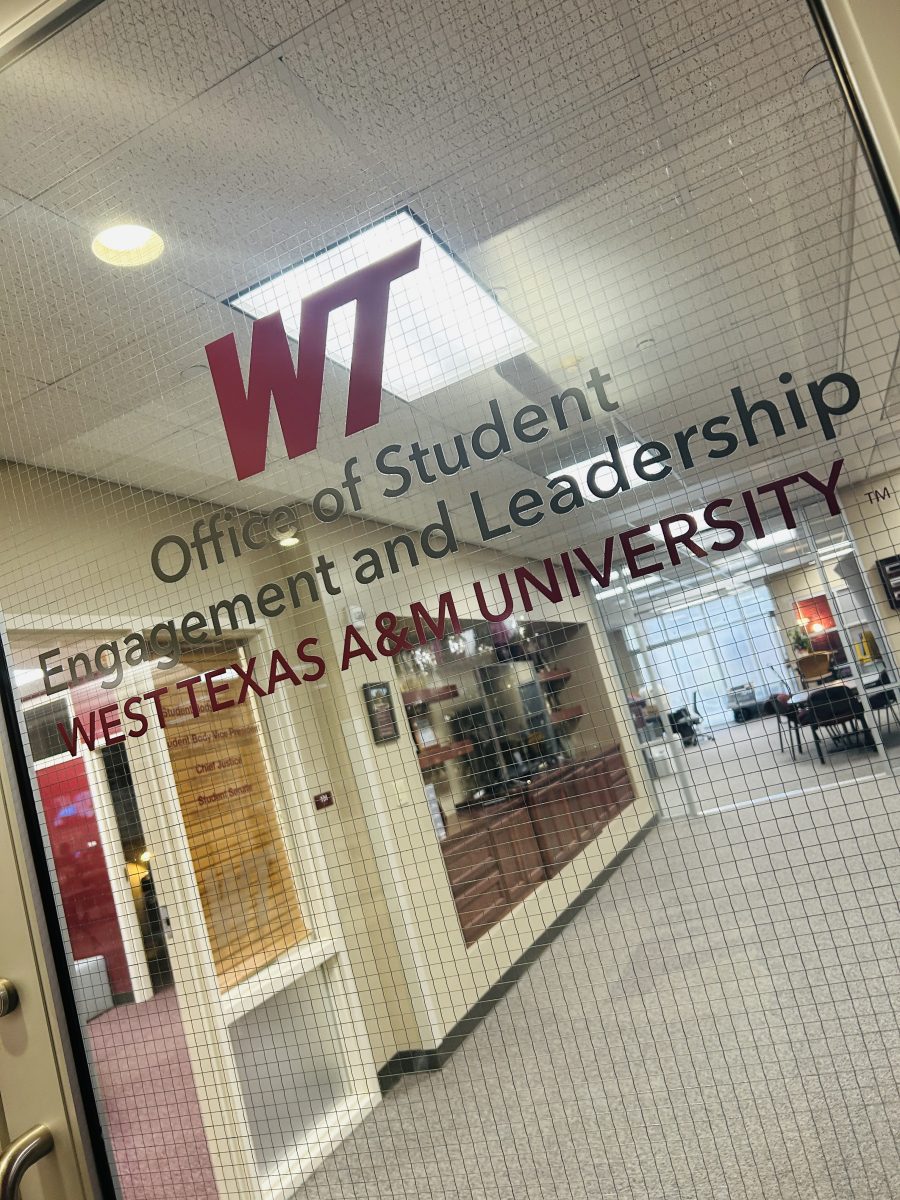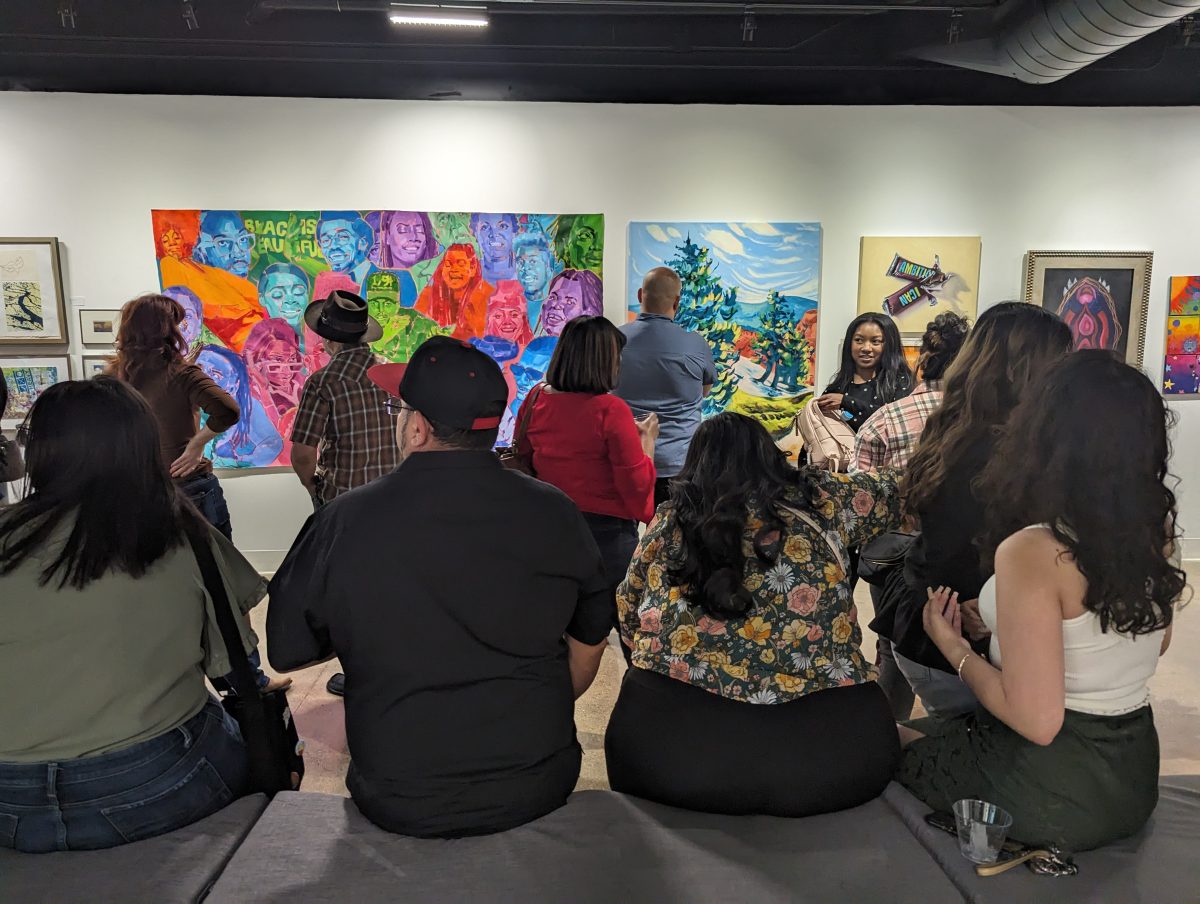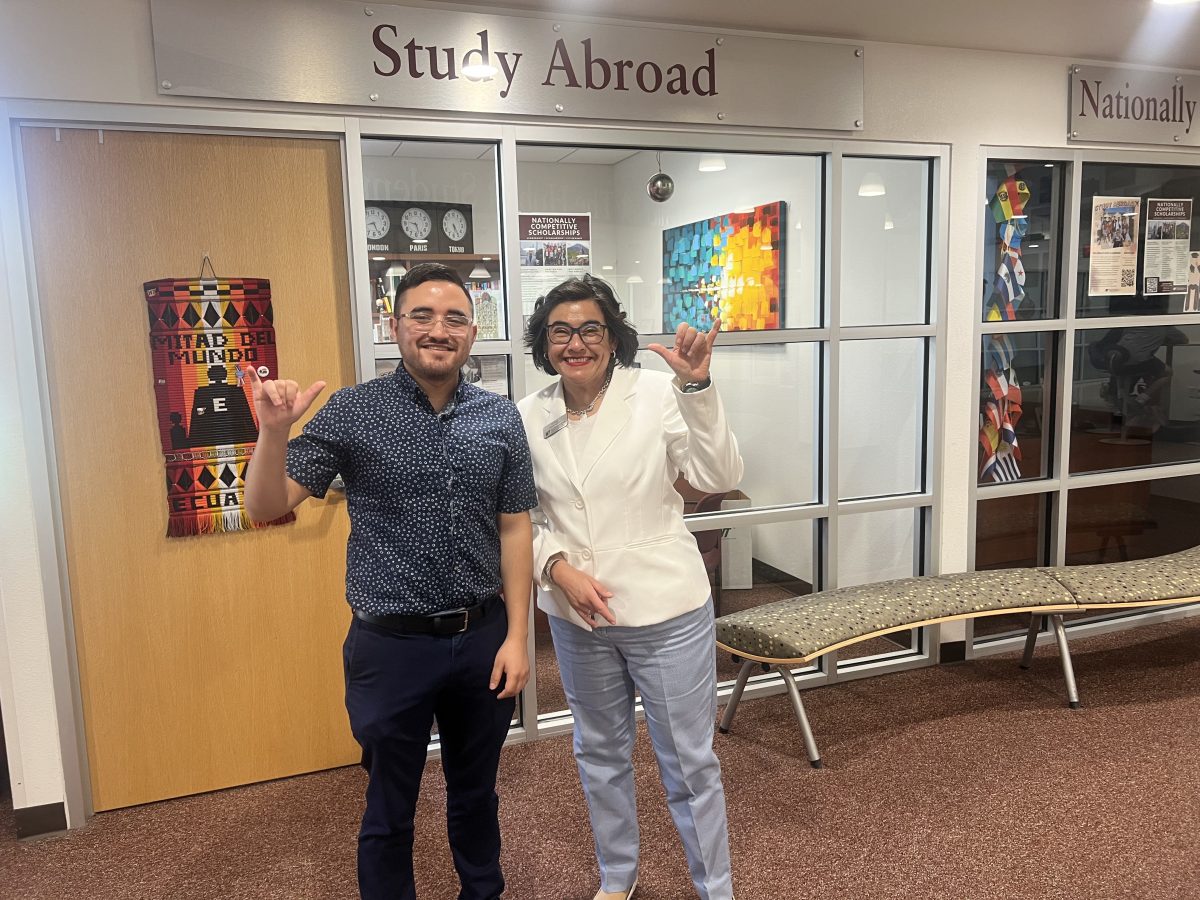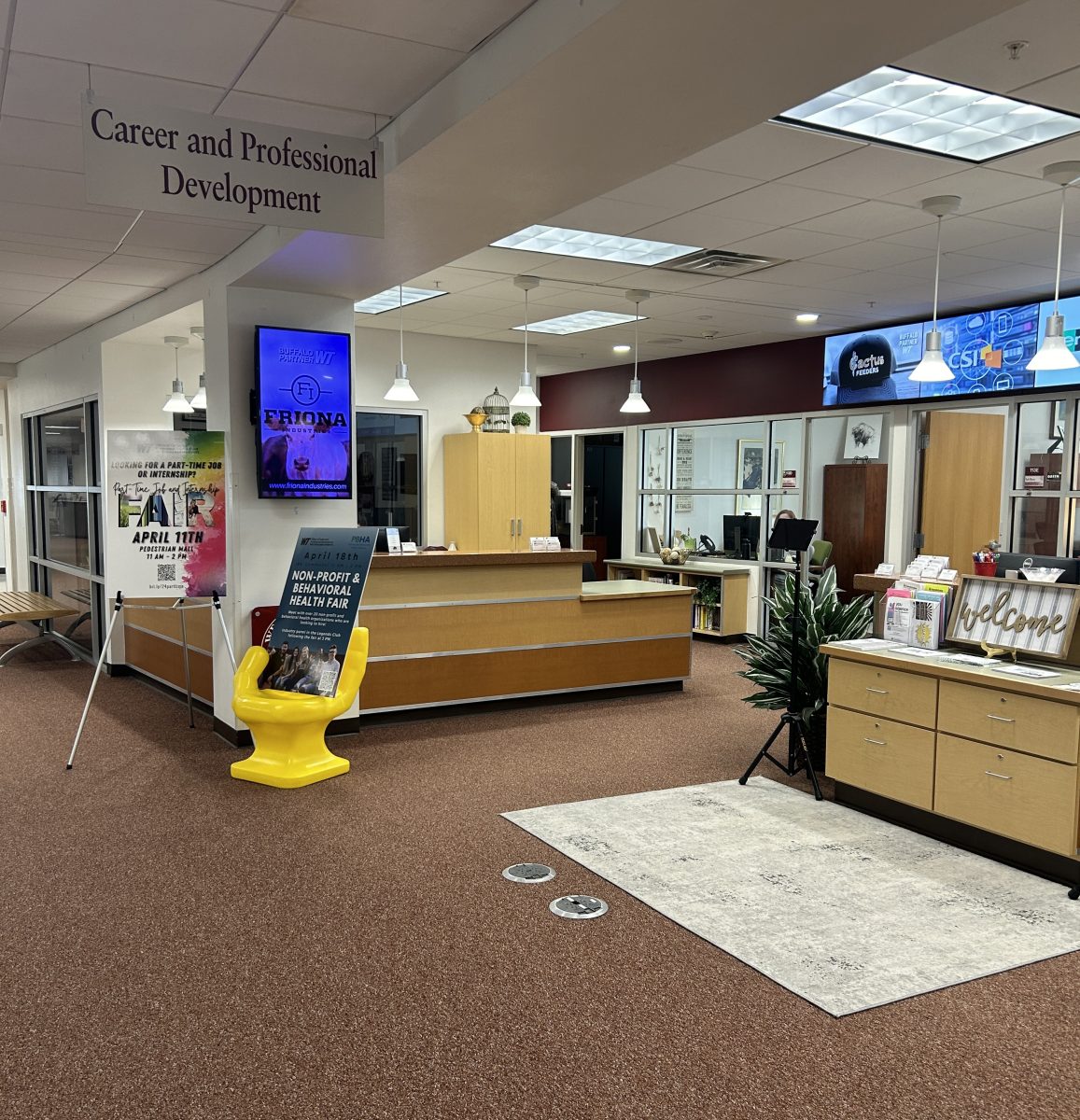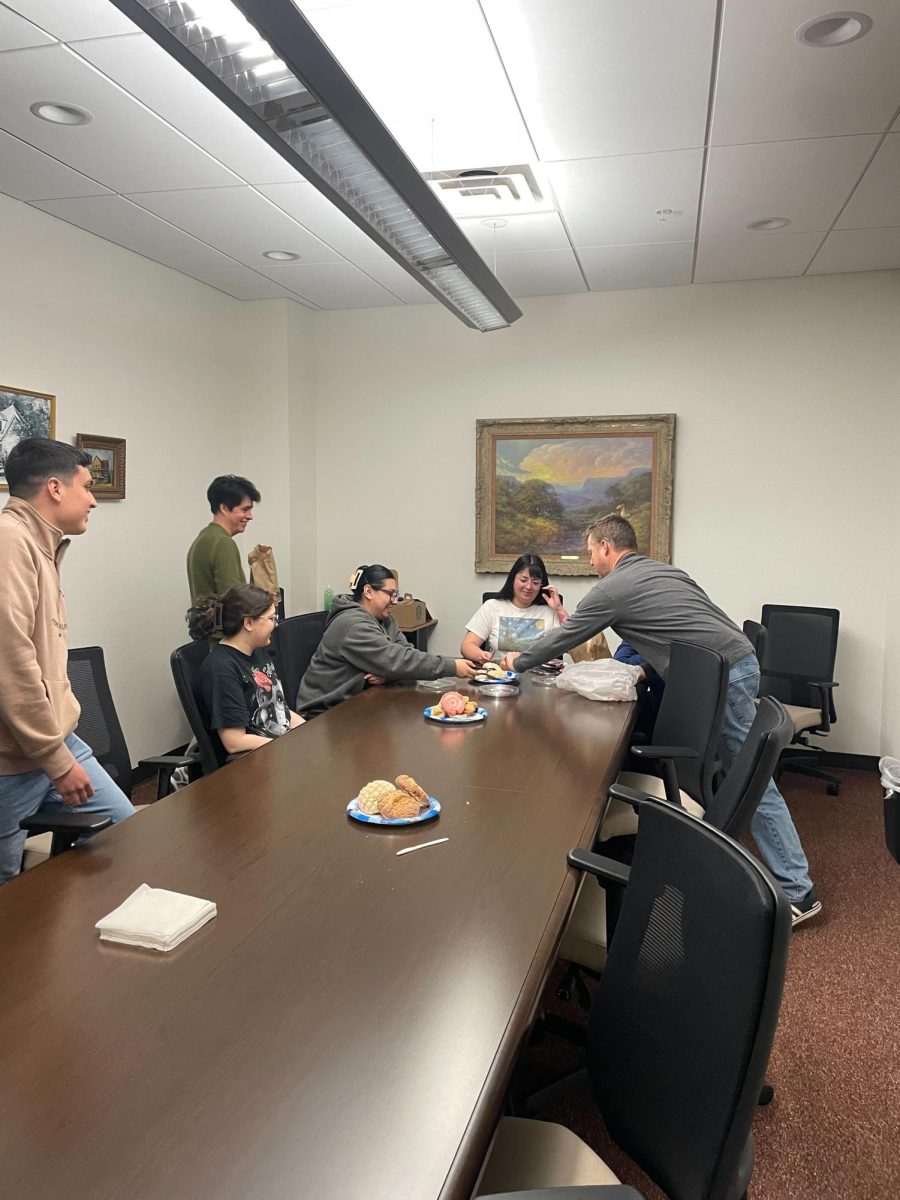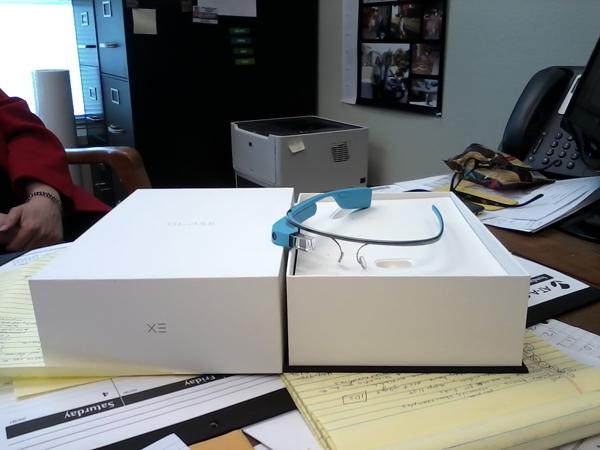
A small, sleek device sits on a person’s head as they walk down the street, like a pair of glasses without any lenses and a small square chunk of glass hovering just over one eye. The person needs to order some coffee but they happen to be in Vienna and don’t speak German. With a quick voice command they ask their device to translate a few phrases and use the information it gives back to buy their coffee.
It sounds like something out of a science fiction movie, but the device is real and in development today. It’s called Google Glass, currently being developed in Google X, the secretive building where Google is working on other projects such as driverless cars and an artificial neural network.
Dr. Emily Kinsky’s New Media class just happens to have received a pair of Glass for use in the classroom, and students is excited about it.
“I’m extremely excited to use Glass,” senior Mass Communication major Tori Stone said. “To be one of the innovators is a once in a lifetime experience. I can say I helped pioneer and test out Google Glass. We are some of the first.”
“They’re cutting edge technology and we’re one of the first to use it, so it’s quite exciting,” Maghan Rodecap, a junior Ad/PR major, said.
Dr. Kinsky has brought the small blue Glass unit to class and started to get students familiarized with the device.
“So far I’ve taken it to both classes,” Kinsky said. “I’ve held it up for them and showed them things from the Glass website. What I showed today’s class were all of the apps, which are called Glassware. Traditional social media has apps but you also have other apps related to Glass like when you see a sign in a foreign language you can have it translated.”
Right now, Dr. Kinsky plans to have her class develop an idea for a new app taking advantage of Glass’ unique capabilities as a project, but she also sees how it could become an extremely useful tool to students and teacher alike.
“It’s nice because you’re not blocking your vision, you can be part of the moment and what’s going on,” said Kinsky. “You could use facial recognition in class to help you remember names or something you needed to help a student. You could have lecture notes up there so you could walk around the class without having to page through notebooks. I could record a tour and bring it back to show my students.”
“Google Glass could change everything,” said Stone. “We have such easy access to many things, I can’t even imagine a world filled with people using Glass.”
“For the most part I think it will help,” said Rodecap. “It’s a huge application and I think it’s only going to get bigger. I think there’s going to be textbooks on these glasses one day.”
The story of Glass at WTAMU started when Dr. Trudy Hanson, director of the Department of Communication, shared an article about a professor in another university using Glass in their classes.
“Dr. Hanson sent it to all of us saying we needed to pursue this,” said Kinsky. “I had a colleague at the University of Louisville, she’s also in an organization I’m in, and she has been using Glass in class so I asked her about it and she gave me where you could be signed up to be considered. It’s by invitation at this point. It’s not on the market.”
On Dec. 1, Dr. Kinsky received just that, an invitation to purchase Google Glass, along with a seven day deadline and hefty price tag of $1500.
“The scary part of it was you only had seven days to decide to buy,” said Kinsky. “Here we were at the end of the fall semester and to try to figure out, how do we come up with 1500 dollars? We don’t have that kind of money in the Communication Department, so Dr. Hanson contacted the Chief Information Officer, James Webb, and he recognized the value of having Glass on campus and found the funds for it.”
As Google progresses with the project, its potential uses will continue to grow. Even now there are already apps ranging from cookbooks, breaking news updates, GPS directions, and every social media website you can name. With a simple voice command you can snap a picture or start recording video, then immediately share your content to Facebook, Twitter, Google+ or any number of other services.
“It may be used eventually in other classes as well. We’ll work it in as appropriate,” said Kinsky.



